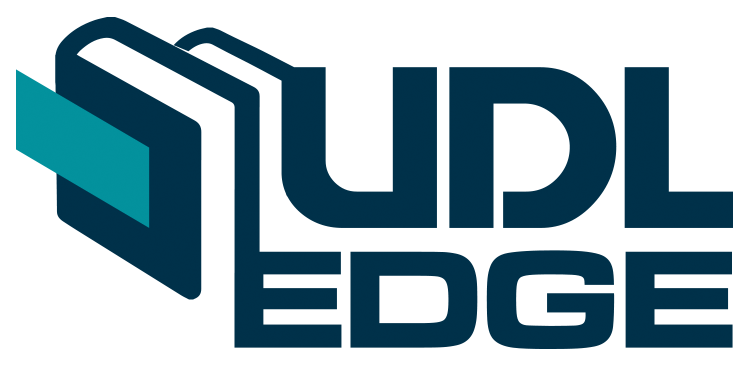The usage of schoology to describe issue in Moral education through flipped classroom [Penggunaan schoology untuk memerihalkan isu dalam pendidikan Moral menerusi kelas berbalik (flipped classroom)]
Keywords:
Innovation in teaching, Schoology Learning, Flipped Class, Flipped Classroom, Preservice TeachersAbstract
The use of learning platforms in the teaching process has been growing in recent years. In Moral Education, Schoology's online platform in Flipped Classroom has become a new mode to develop moral thinking. Qualitative studies using action research design have been used in this study. Focus interviews have been implemented on 6 Moral Education preservice teachers who use the Schoology platform. The findings highlighted that preservice teachers are able to describe the moral issues of the three learning themes discussed. The findings also found that Moral Education preservice teachers was able to develop the moral thinking element after discussions were conducted through activities such as watching videos and feedback provided on the platform online Schoology (pre-teaching and post-teaching).
[Penggunaan platform pembelajaran dalam proses pengajaran semakin meluas sejak kebelakangan ini. Dalam Pendidikan Moral, platform secara talian Schoology di dalam Kelas Berbalik (Flipped Classroom) telah menjadi wahana baharu di dalam Pendidikan Moral untuk mengembangkan pemikiran moral. Kajian kualitatif yang menggunakan reka bentuk kajian tindakan telah digunakan dalam kajian ini. Temu bual berfokus telah dilaksanakan terhadap 6 orang guru praperkhidmatan (GPP) opsyen Pendidikan Moral yang menggunakan platform Schoology. Dapatan kajian mengetengahkan GPP berupaya memerihalkan isu moral daripada tiga tema pembelajaran yang dibincangkan. Dapatan kajian juga mendapati GPPP berupaya mengembangkan elemen pemikiran moral setelah perbincangan dilaksanakan menerusi aktiviti seperti menonton video dan maklum balas yang diberikan di dalam platform secara talian Schoology (peringkat prapengajaran dan pasca pengajaran).]
References
Warnick, B. R., & Silverman, S. K. (2011). A framework for professional ethics courses in teacher education. Journal of Teacher Education, 62(3), 273–285. https://doi.org/10.1177/0022487110398002
Kant, I. (1964). Groundwork of the metaphysic of morals. New York, NY: Harper & Row.
Musgrave, P. W. (1978). The moral curriculum: A sociological analysis. London, UK: Methuen.
Cowell, B. (1995). Developing a basis for moral thinking. International Review of Education, 41(1–2), 33–45.
Veugelers, W., & Vedder, P. (2003). Values in teaching. Teachers and Teaching: Theory and Practice, 9(4), 377–389. https://doi.org/10.1080/1354060032000097262
Freire, P. (1972). Pedagogy of the oppressed. Harmondsworth, UK: Penguin Books.
Jones, T., & Cuthrell, K. (2011). YouTube: Educational potentials and pitfalls. Computers in the Schools, 28(1), 75–85. https://doi.org/10.1080/07380569.2011.553149
Biesta, G. J. J., & Miedema, S. (2002). Instruction or pedagogy? The need for a transformative conception of education. Teaching and Teacher Education, 18(2), 173–181. https://doi.org/10.1016/S0742-051X(01)00062-2
Author, O., & Lewis, T. E. (2012). Teaching with Pensive Images: Rethinking Curiosity in Paulo Freire’s Pedagogy of the. The Journal of Aesthetic Education Journal of Aesthetic Education, 46(1), 27–45. https://doi.org/10.5406/jaesteduc.46.1.0027
Giannakaki, M. S. S., & Batziakas, G. (2016). ‘This is a beautiful school.’ ‘This school is useless!!’ Explaining disengagement in a Greek vocational school through the examination of teacher ideologies. Research in Post-Compulsory Education, 21(4), 409–433. https://doi.org/10.1080/13596748.2016.1226585
Schleicher, A. (2012). Preparing teachers and developing school leaders for the 21st century: Lessons from around the world. OECD Education and Skills (Vol. 2012). https://doi.org/10.1787/9789264174559-en
Doerksen, R. (2016). Looking inward to 21 century pedagogy. McGill Journal of Education, 51(3), 1197. https://doi.org/10.7202/1039636ar
Smallhorn, M. (2017). The flipped classroom: A learning model to increase student engagement not academic achievement. Student Success, 8(2), 43–53.
Canţer, M. (2012). E-heutagogy for lifelong e-learning. Procedia Technology, 1, 129–131. https://doi.org/10.1016/j.protcy.2012.02.025
Hargrove, R. A., & Nietfeld, J. L. (2015). The impact of metacognitive instruction on creative problem solving. Journal of Experimental Education, 83(3), 291–318.
Gibbs, J. C. (2010). Moral development & reality : beyond the theories of Kohlberg and Hoffman. Penguin academics. https://doi.org/10.4135/9781452233604
Rest, J., Narvaez, D., Bebeau, M. J., & Thoma, S. J. (1999). Postconventional Moral Thinking: A Neo-Kohlbergian Approach. Educational Psychology Review, 11(4), 291–324.
Colby, A., & Kohlberg, L. (2011). The Measurement of Moral Judgment. The measurement of moral judgment: Volume 1. Cambridge: Cambridge University Press. https://doi.org/10.1001/jama.1988.03410130176050
Kohlberg, L., Levine, C., & Hewer, A. (1983). Moral stages: A current formulation and a response to critics. Contributions to Human Development, 10, 174.
Abdul Rahman Md Aroff & Chang Lee Hoon. (1994). Pendidikan Moral. Selangor: Longman Malaysia.
Wilson, J. (1972). Practical methods of moral education. London, UK: Heinenmann.
Hine, G. (2013). The importance of action research in teacher education programs. Issues in Educational Research, 23(2), 151–163.
Oja Lisa, S. N. S. (1989). Collaborative action research: A developmental approach. Social research and educational studies series; 007. London, UK: Falmer Press.
Published
 Abstract Display: 785
Abstract Display: 785  PDF Downloads: 885
PDF Downloads: 885 













 This work is licensed under a
This work is licensed under a